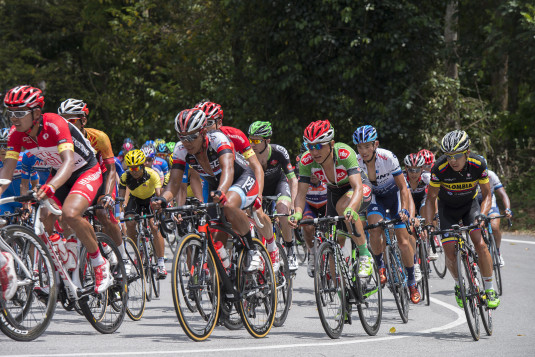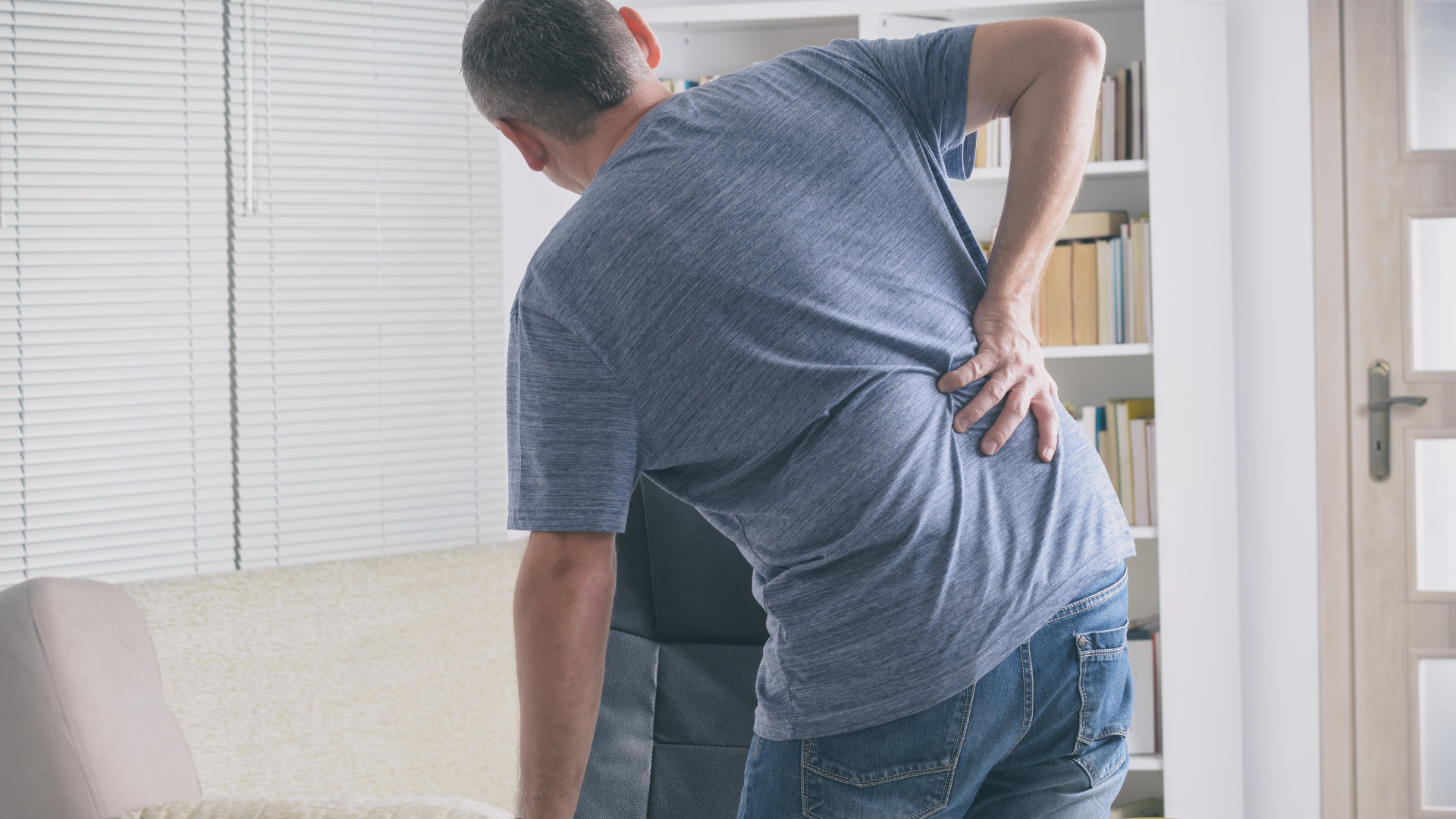Recent survey shows that there is an increase number of cyclists in Singapore in the recent years. The knees are the most active joints during the grueling sport of cycling. They take on the most stress during hard pedaling and climbing. Here are the most common causes and conditions of knee pain injuries related to cycling.
Causes
Injuries usually occur when the load becomes too much for the joint to take. While the exact causes to knee pain may involve many factors, cyclists often reported these signs leading up to their symptoms:
- Training load: Abrupt increase in mileage
- Terrain: Change in terrain that includes more hilly areas or repeated climbs
- Lack of conditioning exercises to improve the strength of the lower limbs
- Preference of using gears that are too heavy for themselves
- Change of bike or poor bike fit
Symptoms
- Pain felt at the front or outer sides of the knee.
- Pain can affect activities of daily living such as going up and down the stairs and squatting.
- Pain while cycling especially when executing the down strokes
- Injuries often occur on the weaker leg.
- Painful ‘clicking’ of the knee cap especially during cycling.

Common Knee Injuries
1. Patella tendinopathy/tendinitis
The patella tendon is the thick band that is located right below the knee cap and it stretches a few inches down to the bony prominence on the shin bone. Patients usually complain of pain in this area when they climb stairs or when getting up from a seat. In more serious cases, direct pressure to this area will also cause pain.
2. Patellofemoral Pain Syndrome (PFPS)
PFPS is caused by abnormal movement of the knee cap. The knee cap sits in a groove on the thigh bone and moves up and down whenever we bend or straighten our knee. Pain can arise when there is a misalignment which causes the knee cap to move in a tilted or altered manner. This happens when cyclists have overly tight Iliotibial Bands (ITB) or lateral quadriceps , causing muscular imbalances which in turn ‘shift’ the knee cap out of alignment. Patients will commonly complain of pain in and around the knee cap during activities like running, cycling and climbing stairs.
3. Quadriceps Strain
The Quadriceps muscles are located on the front of the thigh. Cyclists often strain these muscles when they attack uphill or accelerate suddenly with heavy gears. The pain can be felt in the middle of the muscle belly or right above the knee cap. In serious cases, bruising can be observed and walking can be painful.
4. Iliotibial Band (ITB) Friction Syndrome
The ITB is a thick fibrous band that starts from the side of the thigh near the hip and extends all the way down to outer side of the shin bone. The ITB can tighten up due to excessive climbing and long rides. When the ITB becomes overly tight, it can cause pain on the outside of the shin bone.
What can I do?
- The common causes of the above injuries is over-training and over-straining the knee. The first thing you can do is to reduce your training mileage. Also, try to cut down on climbs during rides.
- Lower your gears to increase your cadence so as to reduce the workload on your knee joint. You may not be climbing as fast but at least you can still enjoy your ride.
- Stretch your Quadriceps and ITB. Most cyclists have tightness in these areas. If you can spend time before and after cycling to stretch out these muscles, your symptoms will reduce.
- Have a proper bike setup/bike fit. Be prepared to make slight adjustments if you feel uncomfortable after each bike fit. It may require multiple adjustments to achieve optimal bike fit.
- If the symptoms persists, consult a sports physiotherapist to have a proper assessment.
Wesley Chee
Chief Physiotherapist
Physio & Sole Clinic
Cycling is a great activity so don’t be put off by it due to knee pain injuries. Physio & Sole has a trusted team of physiotherapists that can help treat your knee pain! For queries or appointments, you are welcome to Whatsapp a Physiotherapist at 98997967 or contact us at any of our clinics.






